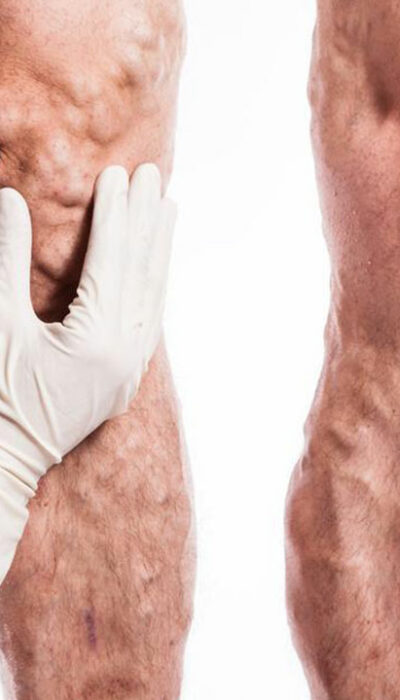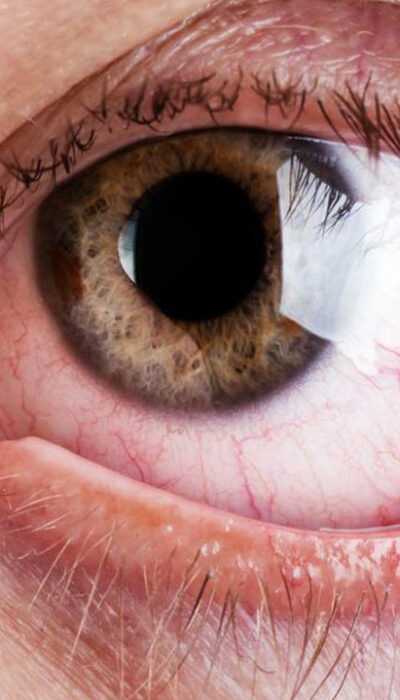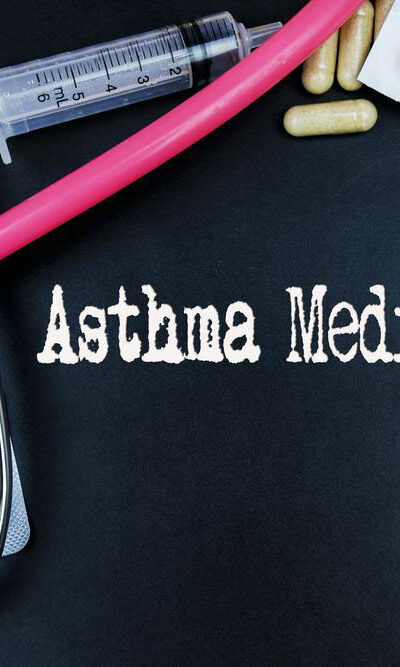
Best Treatments for IBS
A highly prevalent disorder, Irritable Bowel Syndrome (IBS) is a functional bowel disorder. Abdominal pain is the key symptom of IBS and is usually associated with a change in the frequency and consistency of stool. This altered bowel routine can be chronic and reduces patients’ quality of life. It is, therefore, necessary to get a proper physical diagnosis and examination done in the clinic to understand the cause, and accordingly, physicists recommend treatment for IBS. Options for treatment for IBS are no longer limited to using smooth muscle relaxants and fiber supplements, and it has increased in number over the last few years. Common systems of irritable bowel syndrome (IBS) include abdominal pain and disordered defecation, however, treatment for IBS should be to be customized basis the predominant symptom experienced by the patient. This article throws light on the different therapeutic choices/options for the treatment of IBS. Treatment for Irritable Bowel Syndrome (IBS) Since IBS is not completely curable, there are different techniques that a doctor can employ to make the condition better. Once doctors are certain of the cause and the predominant features, they prescribe medicines and probiotics coupled with a balanced diet pain in order to relieve the pain. Also, there are different therapy treatments that are advised depending on the severity of the situation. Diet Management FODMAP diet is recommended to patients to treat symptoms of IBS. The aim here is to add fiber and nutrients to the diet so that stool passing is not painful and the body doesn’t feel worn out. Medicines Following is a list of medicines that help relieve symptoms associated with IBS. Fiber supplements – Helps relieve constipation Laxatives – Helps when suffering from constipation. Please consult a doctor before starting a course because laxatives work in different ways. Loperamide – An antidiarrheal, Loperamide helps reduce diarrhea by slowing the movement of stool through the colon.










